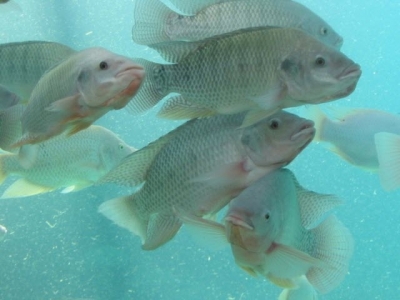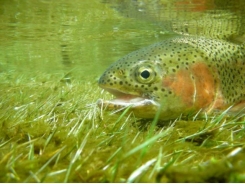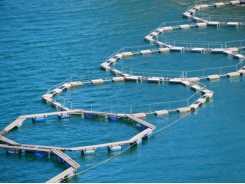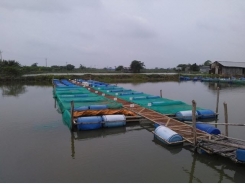What environmental or dietary factors play a role in modifying amino acid requirements

What environmental or dietary factors play a role in modifying amino acid requirements in farmed tilapia?
And why is there is little data on the recommended levels of amino acids in adult tilapia? We ask Evonik to explain…
Last month, the German company launched a new software tool to support the farmed tilapia industry to improve production efficiency through what it termed ‘optimal feed formulation’.
Its AMINOTilapia program is designed to calculate the ideal amino acid recommendations for different growth stages of tilapia considering various production features.
We conducted a Q&A with Gaelle Husser, marketing director aquaculture and pet food, Evonik on the likely benefits of such a tool for tilapia producers:
Tilapia is currently the second most produced fish worldwide, just after carp. The global production of farmed tilapia amounted to more than 5 million tons in 2015. Among different tilapia species, the most popular one is Nile tilapia, which makes up about 75% of farmed tilapia in total.
FeedNavigator: Typically, who is the AMINOTilapia tool targeted at - nutritionists in feed manufacturers, tilapia fish farms in Africa?
Gaelle Husser: Yes, our target markets are Africa and various other regions across the globe. We address tilapia feed producers - nutritionists, feed formulators - independent consultants (nutritionists), and integrators. Additionally, we aim to share the knowledge with academia and students via conference events, and publications.
What factors prompted the development of this technology?
Gaelle Husser: Feed costs often account for a more than 60% of all operational costs in tilapia farming. The understanding of amino acid requirements of tilapia allows nutritionists to formulate feed more efficiently, to improve feed utilization and healthy growth. However, there is still little information on the amino acid requirements of tilapia for different life stages and production conditions.
How easy is it to use?
Gaelle Husser: The tool has multiple features, and, yet, is user-friendly thanks to a short demonstration given by our technical team. In addition, the user has access to various reading materials that come as a part of the tool.
What environmental or dietary factors play a role in modifying amino acid requirements in farmed tilapia?
Gaelle Husser: Environmental factors such as water temperature, dissolved oxygen, and ammonia can affect both feeding and growth of tilapia. Based on the observed growth, feeding, farming intensity and presence natural food, AMINOTilapia calculates amino acid recommendations.
When would higher levels of amino acids be needed in the tilapia production lifecycle?
Gaelle Husser: Usually, fish require higher levels of amino acids in the feed in the early life stages and the dietary requirements decline as they grow. However, one should remember that absolute feed intake increases as fish get bigger, while the concentration of nutrients in the feed decline to accommodate for decreasing growth rates.
There is little data on the recommended levels of amino acids in adult tilapia - why is that?
Gaelle Husser: Attention has been given to the early life stage of fish before moving to the next stages. We should remember that tilapia are grown, even up to 8 months, before harvest. Running trials with adult tilapia requires large size tanks as well as long trial periods, which limit the capacity of many researchers.
Related news
Tools

Phối trộn thức ăn chăn nuôi

Pha dung dịch thủy canh

Định mức cho tôm ăn

Phối trộn phân bón NPK

Xác định tỷ lệ tôm sống

Chuyển đổi đơn vị phân bón

Xác định công suất sục khí

Chuyển đổi đơn vị tôm

Tính diện tích nhà kính

Tính thể tích ao




 Using pre-gelatinized starch in aqua diets may boost…
Using pre-gelatinized starch in aqua diets may boost…  Sorghum could substitute cassava as starch source for…
Sorghum could substitute cassava as starch source for…